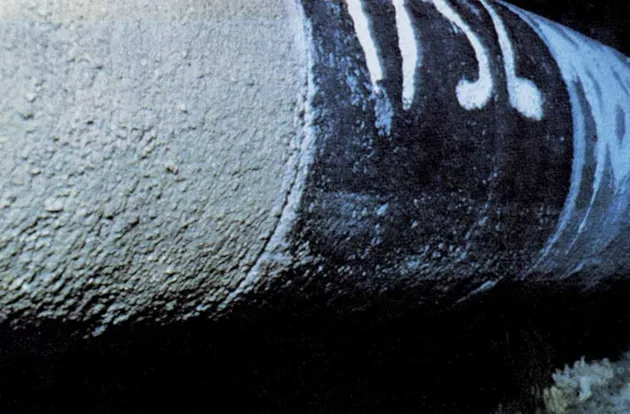Subsea developments are often the preferred solution for developing oil and gas fields in deep waters, for marginal fields, and for long step-out distances.
Subsea technologies are competitive in terms of cost and carbon footprint, but are under constant pressure to stay cost-efficient and to prove robustness and reliability.
The challenges of managing a global supply chain have made standardization a key theme in recent years. A key challenge for the future is to leverage new technologies for cost-efficient development and operation, while maintaining or improving safety and production availability.
DNV’s history in subsea technology goes back to the early 1970s, and is evidenced by completed projects, significant research, published standards, and recommended practices. By working with key suppliers and operators worldwide we have gained a unique cross-industry understanding of the complexities of subsea tie-backs, specific systems, equipment and components, degradation mechanisms, and integrity. DNV has run several joint industry projects (JIP’s) to address subsea challenges.
Globally, our experts support customers with drilling and well, subsea production systems, subsea power and processing systems, umbilicals, cables and risers.
By combining this experience with our deep expertise in flow assurance and materials, we help asset owners and suppliers address challenges in design and operation. These can include:
- Barrier philosophy and integrity
- Design analysis and verification
- Functional assessment
- Pressure containment and structural strength
- Material selection and compatibility
- Operational loads and fatigue
- Structural reliability analysis for remaining fatigue life
- System architecture, reliability and operational safety
- Lifting, marine operations, and intervention.
DNV can assist with:
Concept and feasibility
- Concept selection and FEED to ensure robust decisions – with due consideration of technical solutions, cost and schedule
- Establishing standards and technical requirements
- General engineering support, decision gate review, and application processes
- Risk assessment, management, and mitigation.
Design construction, installation and commissioning
- Design verification and interpretation of technical industry standards
- Technology Qualification and TRL assessment
- Technical expert advice
- In-depth knowledge of safety and reliability requirements and performance
- State of art solutions for environmental management and performance
- Supply chain and fabrication follow-up at manufacturing sites and yards globally.
Operations, life extension and decommissioning
- Ready For Operations (RFO) support
- Integrity management, inspection planning and follow-up
- Life extension assessments
- Failure investigations
- Decommissioning studies and verification
- Plugging and abandonment.
Related services
Smart software solutions
We provide software for operational efficiency and business optimization, enabling operators to secure return on asset investments and manage risks.
Analysis of moorings and subsea umbilicals - Sesam for moorings and risers
Improving safety and performance of deepwater floating systems through mooring, riser and subsea umbilicals analysis
Subsea pipeline design software - Sesam for pipelines
Our subsea pipeline design software offers ultimate strength and fatigue analysis for efficient offshore pipeline design
Marine operations with 3D simulation and visualization - Sesam for marine systems
Risk management of marine operations and offshore installation
Subsea facilities - RAM analysis with Maros software
Deep understanding on deep-water facilities - Combining your knowledge to the most powerful RAM analysis software for subsea developments
Control systems and cybernetics advisory
Hardware-in-the-loop (HIL) testing can be performed on control systems for e.g. subsea Xmas trees and boosting systems
Related joint industry project (JIPs)
Related articles
Choosing the best materials to avoid environmentally assisted cracking
Expert advice before the design stage draws on testing and modelling to help specify the right materials for oil and gas equipment.
Related training courses
Hydrogen Induced Stress Cracking (HISC) design and material consideration course (1 day)
This course is based on DNV-RP-F112 'Duplex stainless steel - design against hydrogen induced stress cracking'








